A narrow beam PQ of white light is passing through a glass prism ABC as shown in the diagram
(i) Write the name and cause of the phenomenon observed.
(ii) Where else in nature is this phenomenon observed ?
(iii) Based on this observation, state the conclusion which can be drawn about the constituents of white light.
(i) The phenomenon of splitting of white light into seven colours on passing through a glass-prism is called dispersion of light. The dispersion of white light occurs because colours of white light travel at different speeds through the glass prism.
(ii) Formation of rainbow is an example of dispersion of white light in nature.
(iii) The formation of spectrum of seven colours shows that white light is made up of lights of seven different colours mixed together. That is, white lgiht is a mixture of seven colours ( or seven coloured lights ) , i.e., red, orange ,yellow , green, blue , indigo and violet.
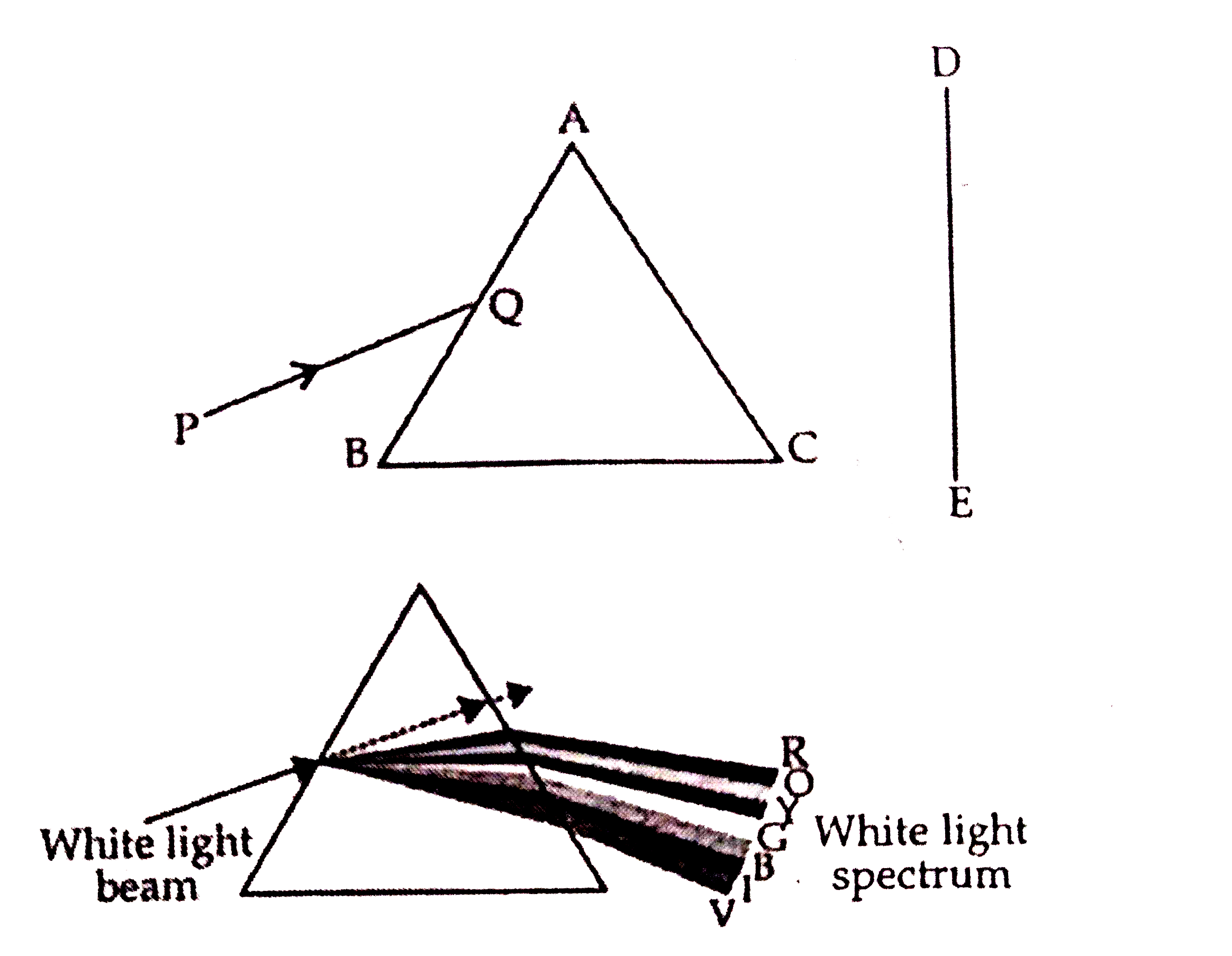
Topper's Solved these Questions
Similar Questions
In the figure given below. a narrow beam of white light is shown to pass through a triangular glass prism. After passing through the prism, it produces a spectrum XY on the screen.
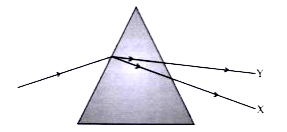
Name the phenomenon.
View SolutionIn the figure given below, a narrow beam of white light is shown to pass through a triangular glass prism. After passing through the prism, it produces a spectrum XY on the screen.

(i) Name the phenomenon.
(ii) State the colours seen at X and Y.
(iii) Why do different colours of white light bend at different angles through a prism ?
View Solution
Knowledge Check
A narrow beam PQ of white light is passing through a glass prism ABC as shown in the diagram. Study the diagram and answer any four questions.
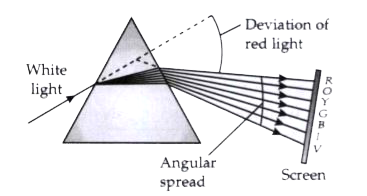
Name the phenomenon observed in above set-up.APersistence of visionBDispersion of lightCTwinkling of starsDMirageA narrow beam PQ of white light is passing through a glass prism ABC as shown in the diagram. Study the diagram and answer any four questions.
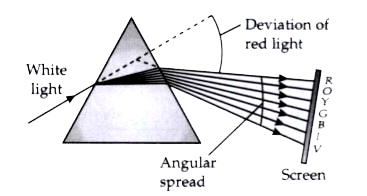
In nature, this phenomenon is observed inAFormation of rainbowBTwinkling of starsCBlue colour of skyDAdvance sunriseA narrow beam PQ of white light is passing through a glass prism ABC as shown in the diagram. Study the diagram and answer any four questions.
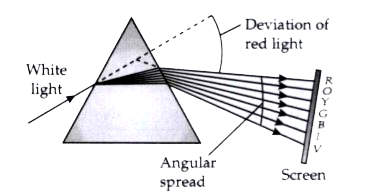
What is dispersion of light?AThe time for which the impression or sensation of an object continues in the eye.BSplitting of white light into its constituent colours.CThe phenomenon of scattering of light by the colloidal particles.DThe ability of an eye lens to adjust its focal length by the action of ciliary muscles to get a clear and sharp image of the object.
A narrow beam PQ of white light is passing through a glass prism ABC as shown in the diagram. Study the diagram and answer any four questions.
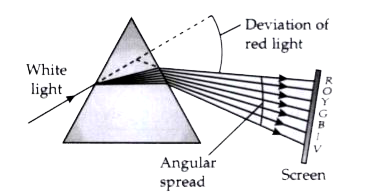
Which of the following statement is correct about constituents of white light based on above bservations?
View SolutionA narrow beam PQ of white light is passing through a glass prism ABC as shown in the diagram. Study the diagram and answer any four questions.
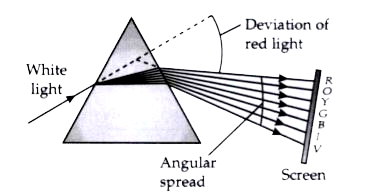
Which of the following statements is correct regarding the propagation of light of different colours of white light in air?
View SolutionWhen a beam of white light passes through a glass prism, it splits up into seven colours. This phenomenon is due to
View SolutionThe phenomenon observed when a beam of light is passed through a colloidal solution is
View Solution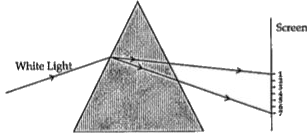
Which of the following statement is correct about constituents of white light based on above observations?
View Solution